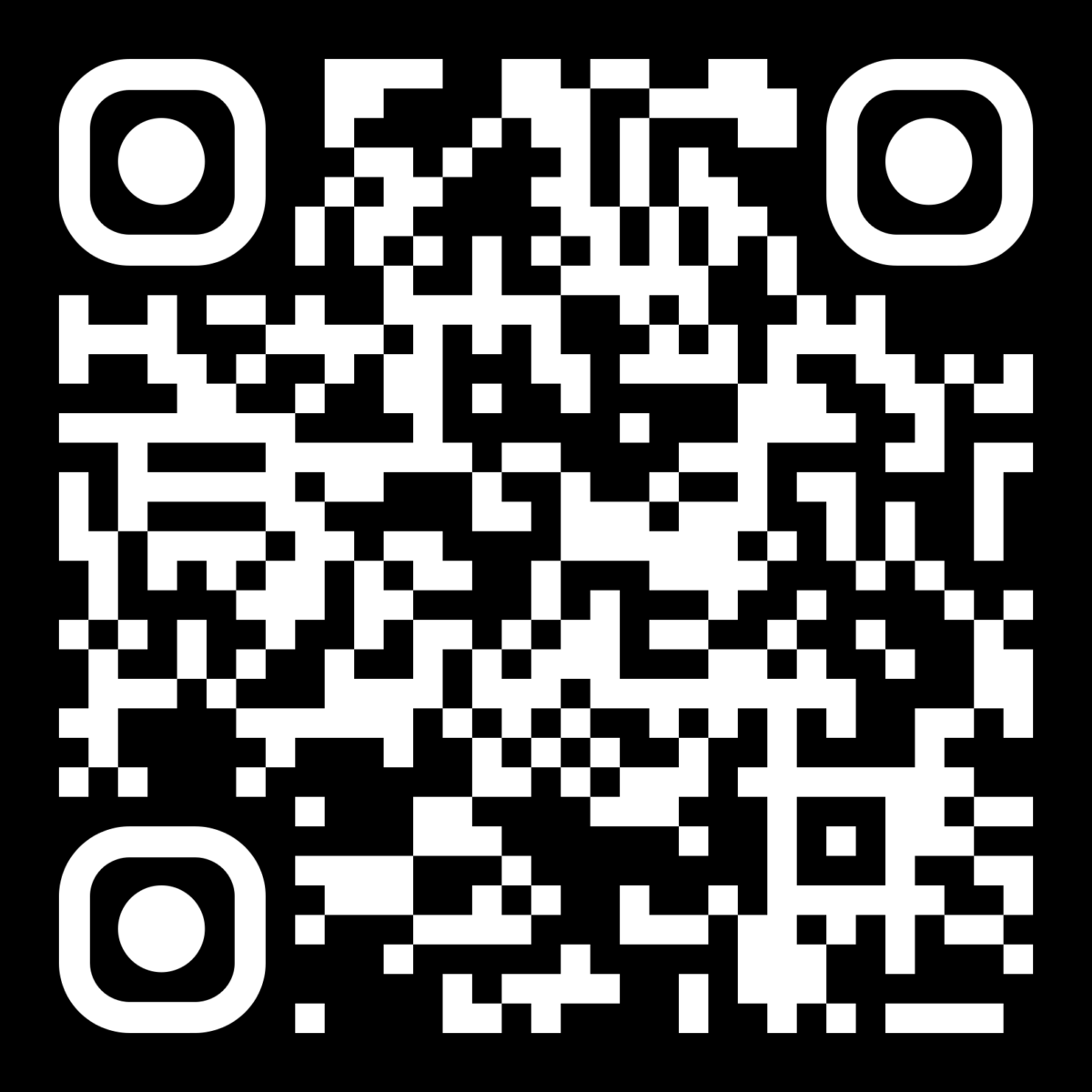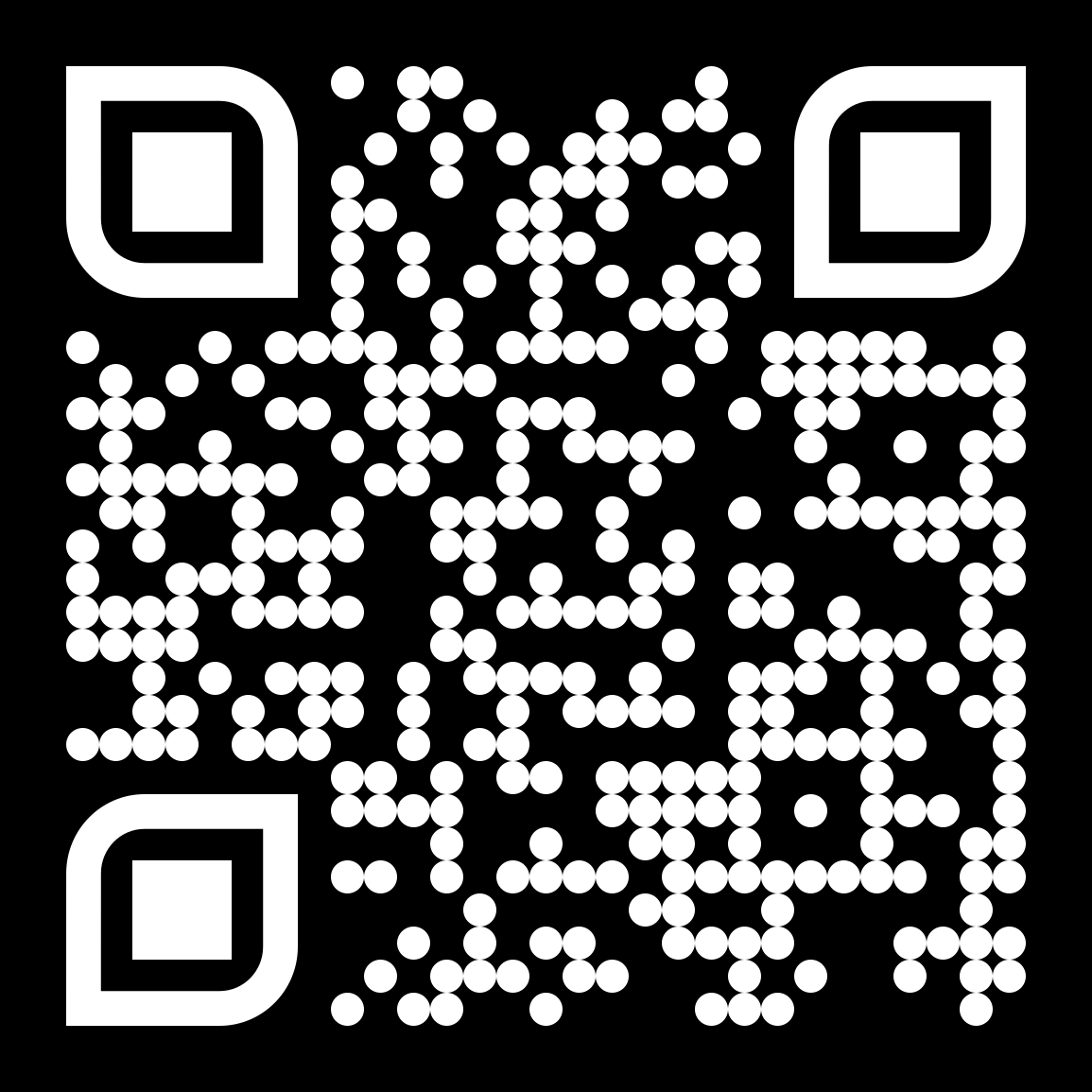A society’s treatment of its elderly reflects its values and civility. However, other factors, such as economic development, education, and justice, also define a civilised society.
I. Introduction
- Hook: The elderly are often seen as a society’s most vulnerable members.
- Background: Overview of the importance of treating the elderly with respect and care.
- Thesis Statement: A society’s treatment of its elderly reflects its values and civility. However, other factors, such as economic development, education, and justice, also define a civilised society.
II. Supporting View 1: Respect and Care for the Elderly
- Topic Sentence: Respect and care for the elderly indicate societal values and civility.
- Example 1: In 2021, Japan’s respect for the elderly is evident in its national holiday, Respect for the Aged Day.
- Example 2: In 2020, Norway’s comprehensive elder care system showed societal commitment to its elderly.
- Example 3: In 2019, Singapore’s Pioneer Generation Package provided extensive support to its elderly population.
- Analysis: These examples show that societies which respect and care for their elderly reflect strong moral values.
III. Supporting View 2: Elderly Welfare Programs
- Topic Sentence: Effective elderly welfare programs demonstrate a society’s commitment to its members.
- Example 1: In 2019, Sweden’s extensive elder care services showcased a robust welfare state.
- Example 2: In 2020, Germany’s high-quality nursing homes highlighted its commitment to elderly welfare.
- Example 3: In 2018, the Netherlands’ innovative elder care villages promoted dignity and quality of life.
- Analysis: These instances illustrate that strong elderly welfare programs are markers of a civilised society.
IV. Supporting View 3: Legal Protections for the Elderly
- Topic Sentence: Legal protections for the elderly signify a society’s commitment to justice and human rights.
- Example 1: In 2021, South Korea implemented laws against elder abuse, ensuring protection for its elderly.
- Example 2: In 2019, the UK strengthened legal frameworks to safeguard elderly rights and welfare.
- Example 3: In 2020, Australia introduced elder abuse prevention programs, enhancing legal protections.
- Analysis: These examples highlight how legal protections for the elderly reflect a society’s commitment to justice and human rights.
V. Opposing View 1: Economic Development as a Marker
- Topic Sentence: Economic development is also a key marker of a civilised society.
- Example 1: In 2019, China’s rapid economic growth lifted millions out of poverty.
- Example 2: In 2020, India’s technological advancements contributed to national progress.
- Example 3: In 2021, Brazil’s infrastructure development improved quality of life.
- Analysis: These instances show that economic development significantly contributes to a civilised society.
VI. Opposing View 2: Education and Literacy Rates
- Topic Sentence: High education and literacy rates define a civilised society.
- Example 1: In 2020, Finland’s top-ranking education system demonstrated societal advancement.
- Example 2: In 2019, South Korea’s high literacy rates reflected societal progress.
- Example 3: In 2021, Singapore’s focus on education produced a highly skilled workforce.
- Analysis: These examples illustrate that education and literacy are crucial indicators of a civilised society.
VII. Opposing View 3: Justice and Legal Systems
- Topic Sentence: A fair and effective justice system is a crucial aspect of a civilised society.
- Example 1: In 2019, New Zealand’s justice reforms improved fairness and accessibility.
- Example 2: In 2020, Denmark’s efficient legal system ensured justice and order.
- Example 3: In 2021, Switzerland’s strong legal framework upheld human rights and justice.
- Analysis: These instances highlight that justice and legal systems are essential components of a civilised society.
VIII. Conclusion
- Restate Thesis: A society’s treatment of its elderly reflects its values and civility. However, economic development, education, and justice also define a civilised society.
- Summary of Key Points: Recap the main supporting and opposing views.
- Final Thought: A civilised society balances respect for its elderly with overall progress in various domains.









